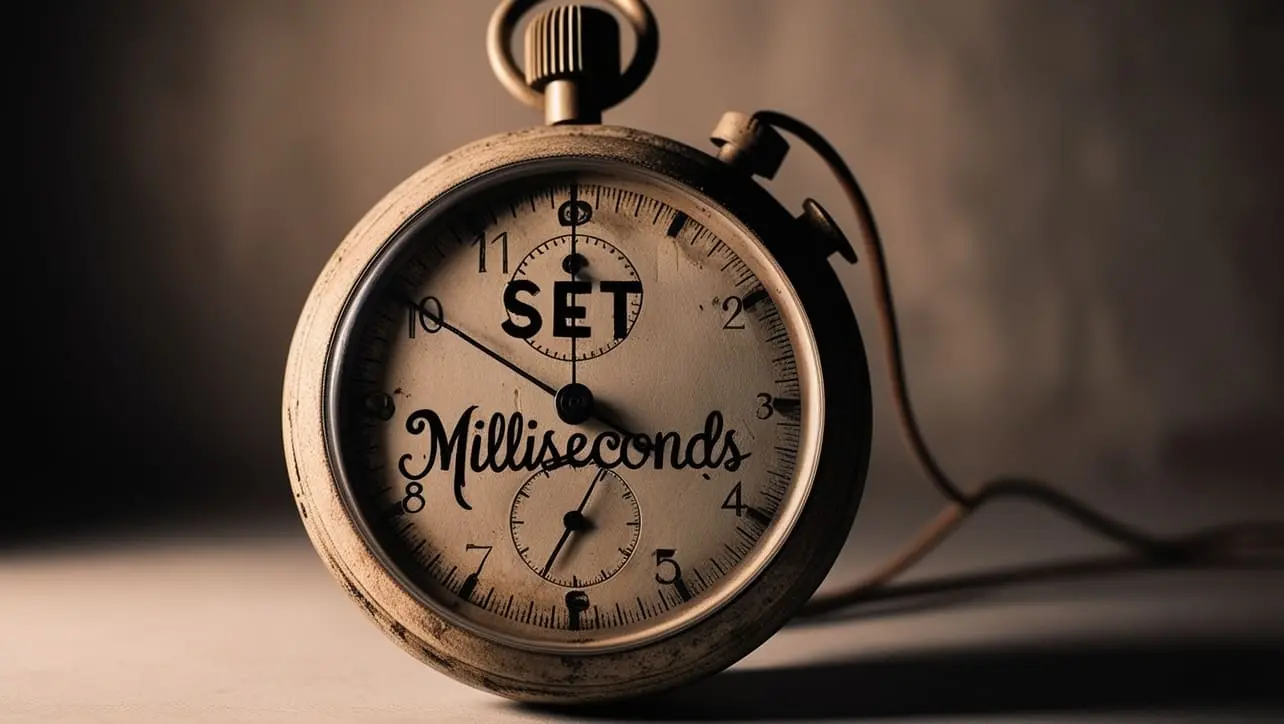
JS Topics
- JS Intro
- JS File Handling
- JS Array Methods
- JS Console Methods
- JS Date Methods
- getDate()
- getDay()
- getFullYear()
- getHours()
- getMilliseconds()
- getMinutes()
- getMonth()
- getSeconds()
- getTime()
- getTimezoneOffset()
- getUTCDate()
- getUTCDay()
- getUTCFullYear()
- getUTCHours()
- getUTCMilliseconds()
- getUTCMinutes()
- getUTCMonth()
- getUTCSeconds()
- now()
- parse()
- setDate()
- setFullYear()
- setHours()
- setMilliseconds()
- setMinutes()
- setMonth()
- setSeconds()
- setTime()
- setUTCDate()
- setUTCFullYear()
- setUTCHours()
- setUTCMilliseconds()
- setUTCMinutes()
- setUTCMonth()
- setUTCSeconds()
- toDateString()
- toISOString()
- toJSON()
- toLocaleDateString()
- toLocaleString()
- toLocaleTimeString()
- toString()
- toTimeString()
- toUTCString()
- UTC()
- valueOf()
- JS Navigator Methods
- JS Node Methods
- JS Number Methods
- JS String Properties
- JS String Methods
- JS Window Methods
- JS Cookies
- JS Interview Programs
- JS Star Pattern
- JS Number Pattern
- JS Alphabet Pattern
JavaScript Date setMilliseconds() Method

Photo Credit to CodeToFun
🙋 Introduction
In JavaScript, the Date object allows you to work with dates and times effectively. The setMilliseconds() method is a powerful tool that lets you set the milliseconds of a Date object with precision.
In this guide, we'll explore the syntax, usage, best practices, and practical examples of the setMilliseconds() method.
🧠 Understanding setMilliseconds() Method
The setMilliseconds() method is part of the Date object's arsenal, providing a straightforward way to manipulate the milliseconds component of a date and time.
💡 Syntax
The syntax for the setMilliseconds() method is straightforward:
dateObj.setMilliseconds(milliseconds);- dateObj: The Date object you want to modify.
- milliseconds: An integer representing the milliseconds component (0-999).
📝 Example
Let's dive into a basic example to illustrate the usage of the setMilliseconds() method:
// Current date and time
const currentDate = new Date();
// Set milliseconds to 500
currentDate.setMilliseconds(500);
console.log(currentDate);In this example, the setMilliseconds() method is used to set the milliseconds component of the current date to 500.
🏆 Best Practices
When working with the setMilliseconds() method, consider the following best practices:
Range Checking:
Ensure that the provided milliseconds value is within the valid range (0-999).
example.jsCopiedconst validMilliseconds = 500; if (validMilliseconds >= 0 && validMilliseconds <= 999) { currentDate.setMilliseconds(validMilliseconds); } else { console.error('Invalid milliseconds value. Must be between 0 and 999.'); }Chaining:
Take advantage of method chaining for concise and readable code when setting multiple components.
example.jsCopiedcurrentDate .setHours(12) .setMinutes(30) .setSeconds(45) .setMilliseconds(200);Immutable Operations:
If you prefer immutability, consider creating a new Date object with the modified milliseconds value.
example.jsCopiedconst updatedDate = new Date(currentDate); updatedDate.setMilliseconds(750);
📚 Use Cases
Precise Timing in Animation:
The
setMilliseconds()method can be beneficial in scenarios where precise timing is crucial, such as in animations:example.jsCopiedfunction animateWithDelay(callback, delayInMilliseconds) { const animationStartTime = new Date().getTime(); const animationEndTime = animationStartTime + delayInMilliseconds; let currentTime; do { currentTime = new Date().getTime(); // Perform animation logic callback(); } while (currentTime < animationEndTime); }Microbenchmarking in Performance Testing:
When conducting performance tests, the
setMilliseconds()method can be used to simulate scenarios with specific timing constraints:example.jsCopiedfunction performOperationWithDelay(callback, delayInMilliseconds) { const startTime = new Date().getTime(); const endTime = startTime + delayInMilliseconds; let currentTime; do { currentTime = new Date().getTime(); // Perform operation logic callback(); } while (currentTime < endTime); }
🎉 Conclusion
The setMilliseconds() method empowers developers to manipulate the milliseconds component of a Date object with precision.
By adhering to best practices and exploring diverse use cases, you can harness the full potential of the setMilliseconds() method in your JavaScript projects.
👨💻 Join our Community:
Author

For over eight years, I worked as a full-stack web developer. Now, I have chosen my profession as a full-time blogger at codetofun.com.
Buy me a coffee to make codetofun.com free for everyone.
Buy me a Coffee












If you have any doubts regarding this article (JavaScript Date setMilliseconds() Method), please comment here. I will help you immediately.